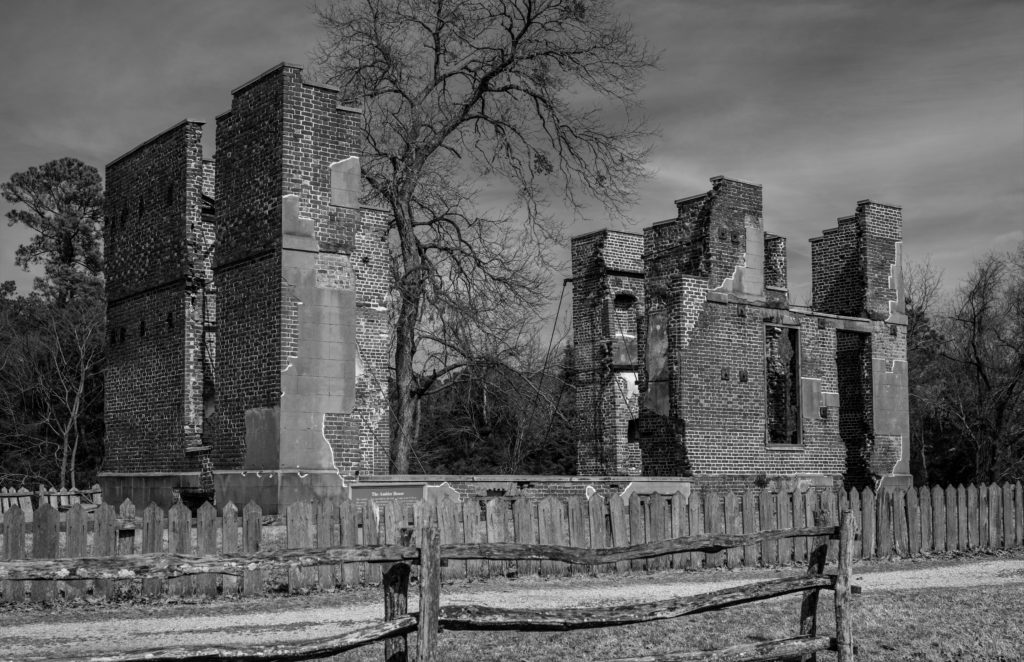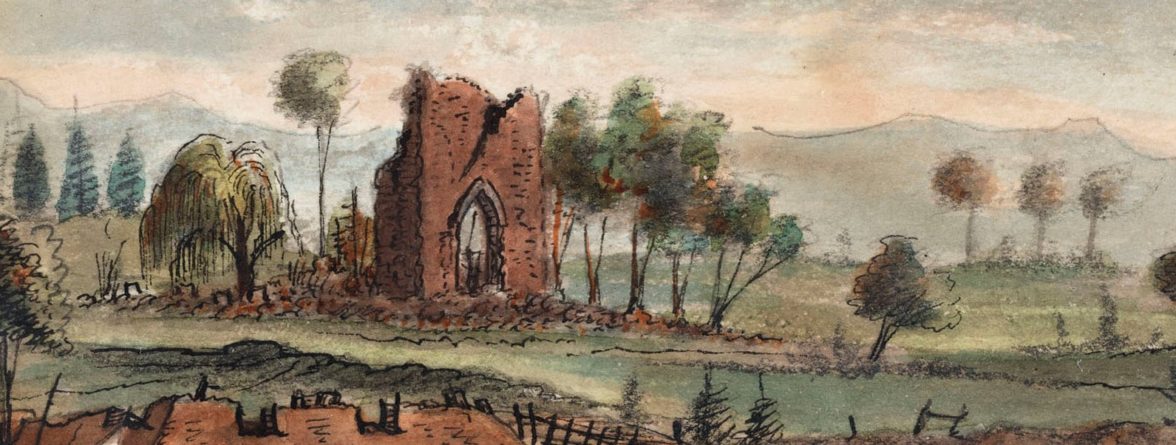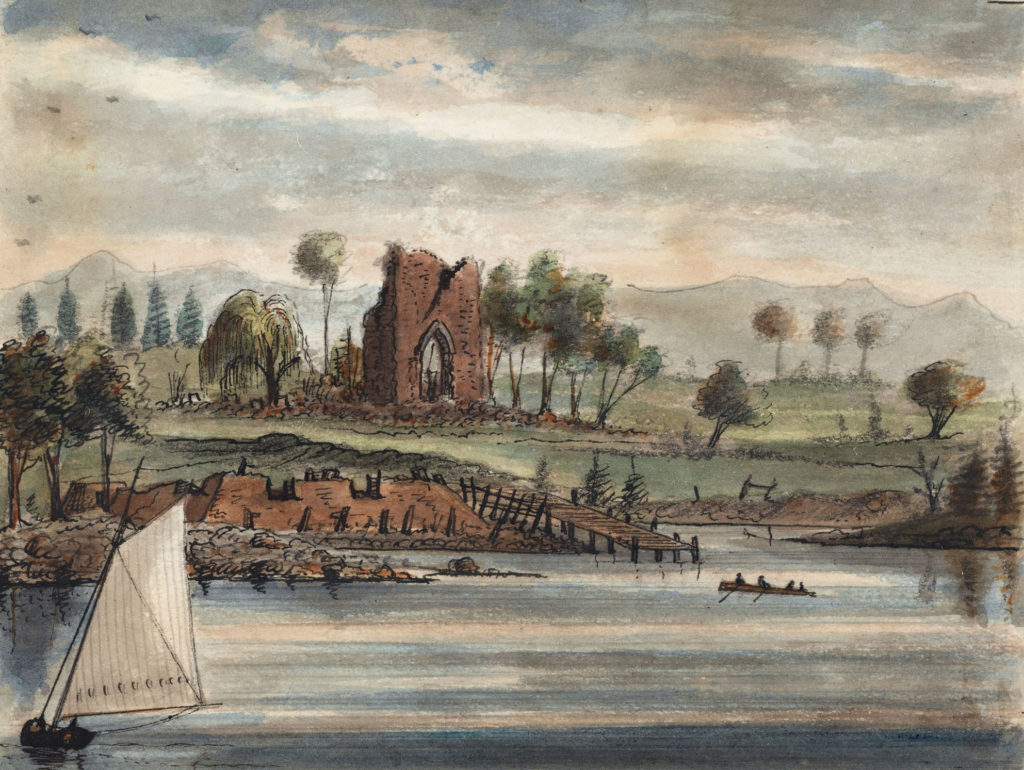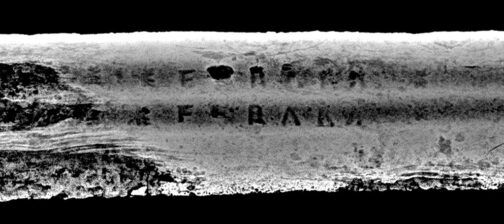Go beyond 1619: Black History at Jamestown
Jamestown in the Civil War
Today, many are familiar with the history of the first Africans forcibly brought to Jamestown’s shores 400 years ago in 1619 and the role the Island played in the evolution of race-based slavery in the country. What may be less familiar is the story of how—243 years later—the same island that had been a bastion of slavery was briefly transformed into a sanctuary of freedom.
In his excellent book, Embattled Shrine: Jamestown in the Civil War, former Colonial National Park curator David Riggs gives a comprehensive history that details both the Confederate and Union occupations of the Island. In 1861, Confederate forces occupied the island and built an earthen fort near the 17th-century brick church tower to block any Union advance up the James River. They abandoned the fort the next year. Riggs writes that after May 1862, the island was occupied by Union forces and became a haven for freedom-seeking enslaved men and women. Learn about the excavation of the earthworks here.
The Union Commander recorded that by August, “growing numbers of contrabands or escaped slaves” were swimming from Surry County across the river to Jamestown almost daily to gain their freedom. The risk of swimming across the mile-wide water was made worth it by the 1862 Contraband Act, which meant that freedom-seeking enslaved people were considered rebel property and couldn’t be turned away if they made it to Union lines. Described as “a large colony,” there were over 100 formerly-enslaved men, women, and children on Jamestown Island. The Union used a coal schooner to transfer some of these people to Fort Monroe, where hundreds found refuge in newly formed Freedmen’s communities, like Slab-town. By October, dozens more self-emancipated people had briefly occupied the Ambler House (near the Angela Site on NPS property) and then burned it down when they abandoned the Island. The Ambler mansion had been used as an overseer’s house just before the Civil War, so the burning was likely as much symbolic as it was tactical.
Enslaved African Americans in the region risked their lives to obtain freedom on the same island where the enslavement of their African ancestors began. They did not wait for a proclamation—they swam across the James River and freed themselves.

Researched and drafted by Director of Public & Youth Programs and public historian Mark Summers.






